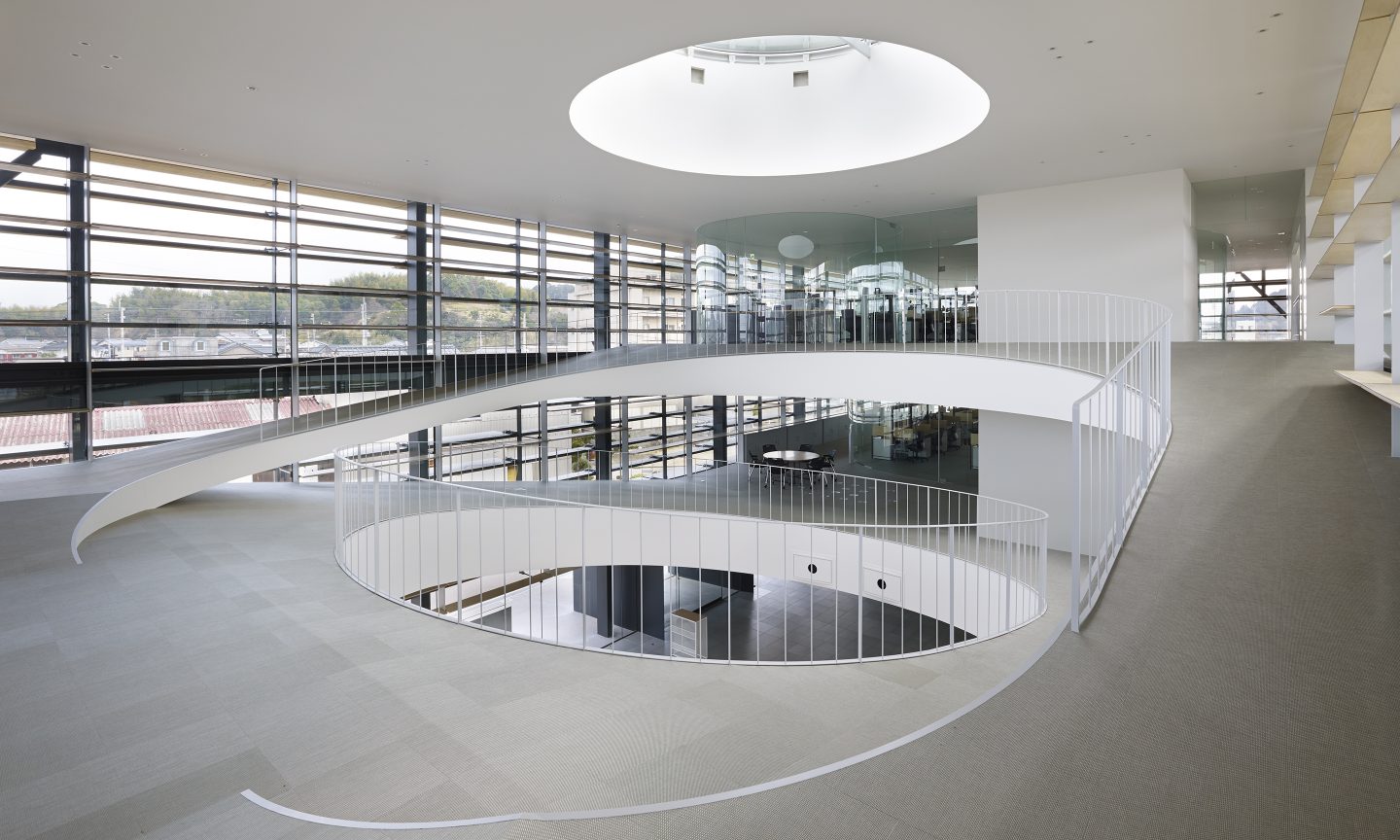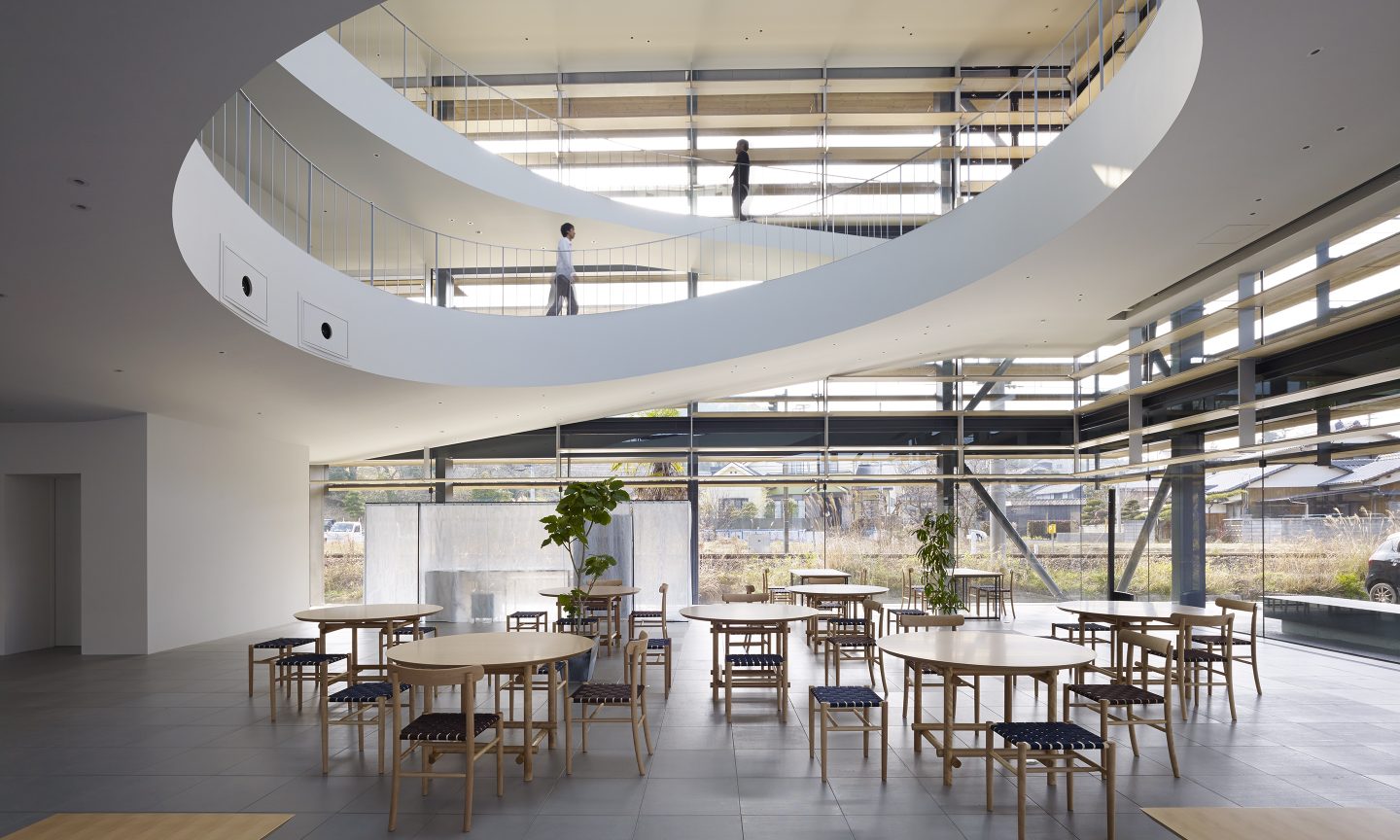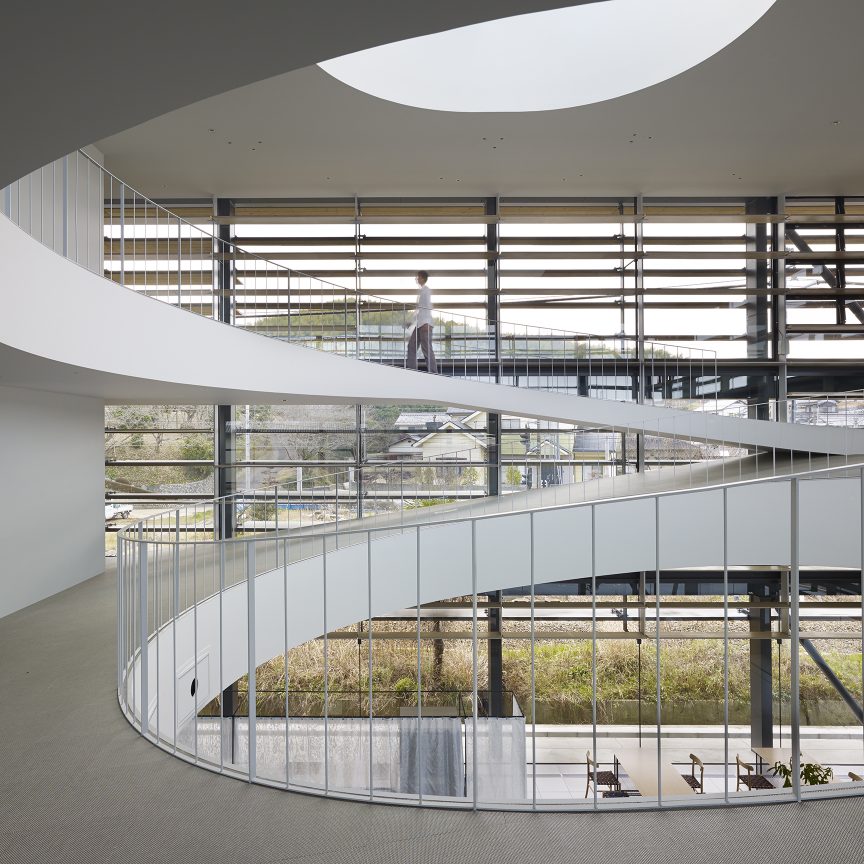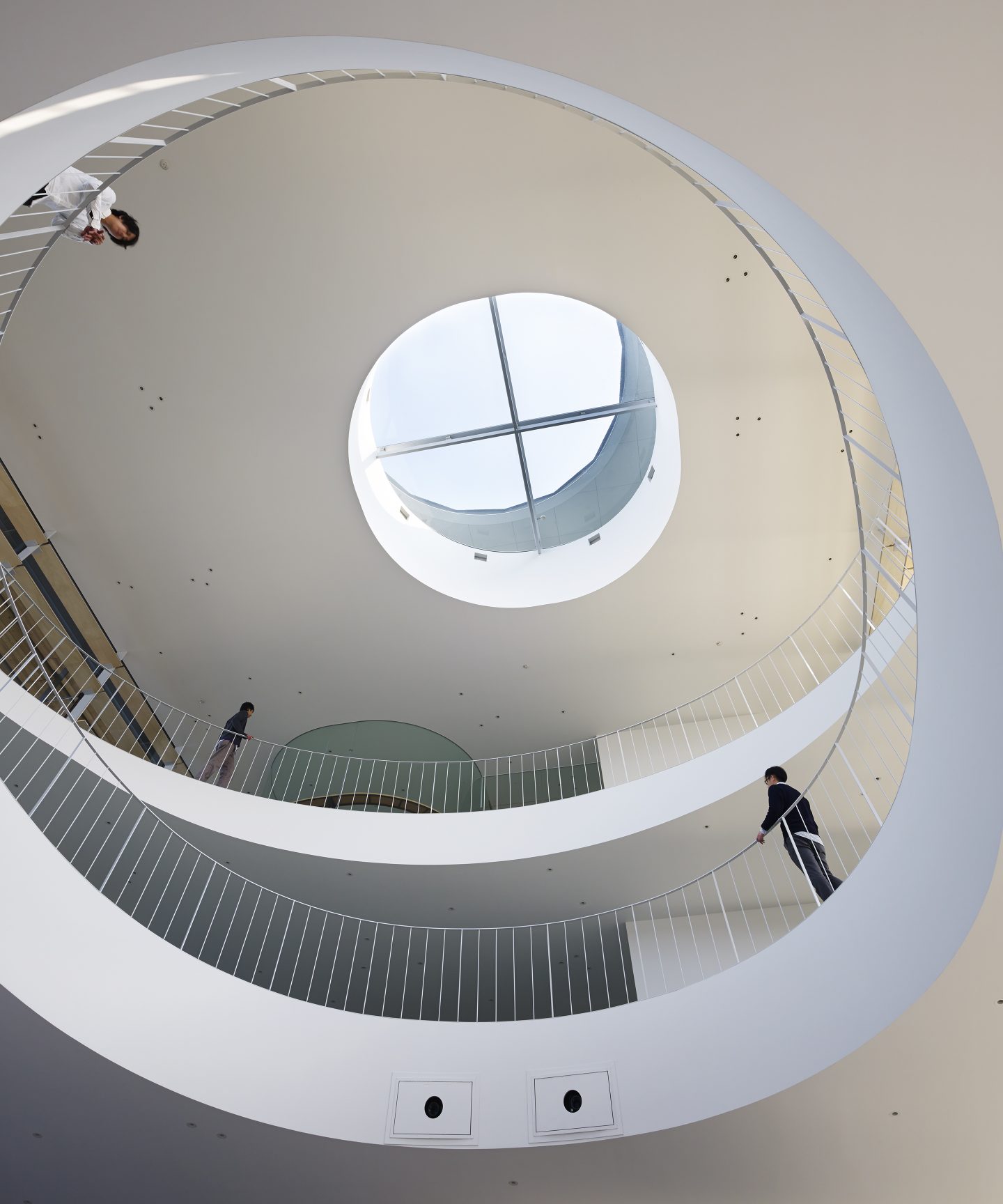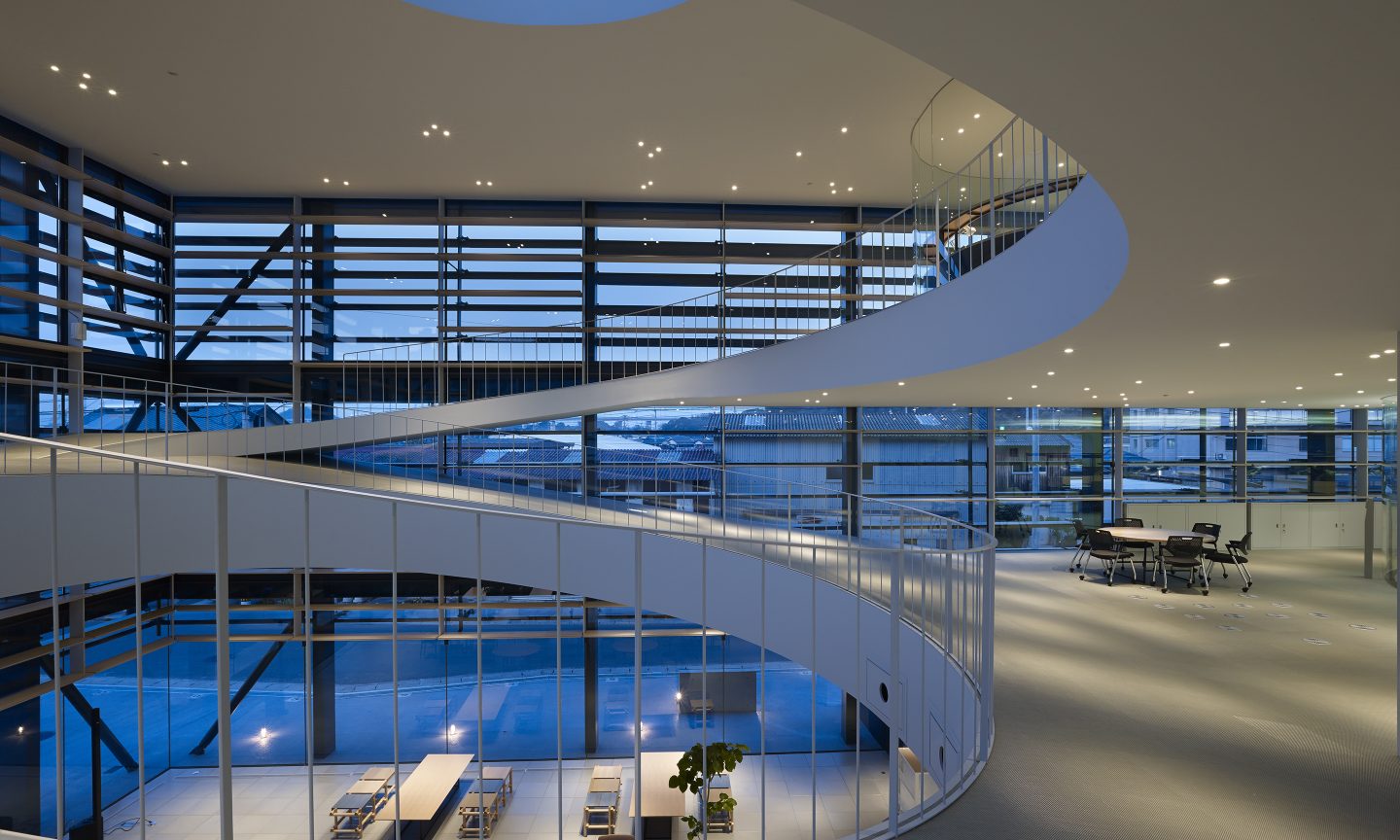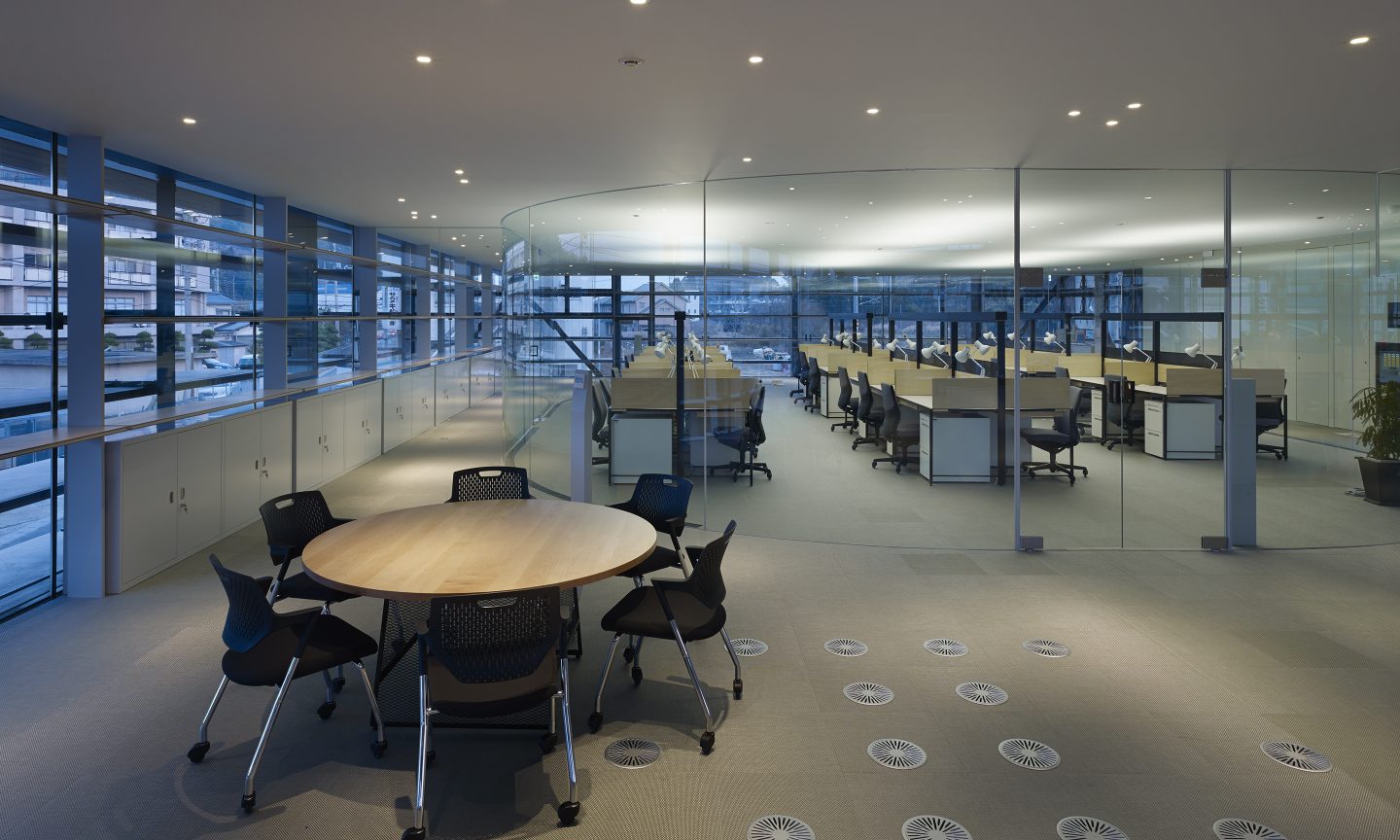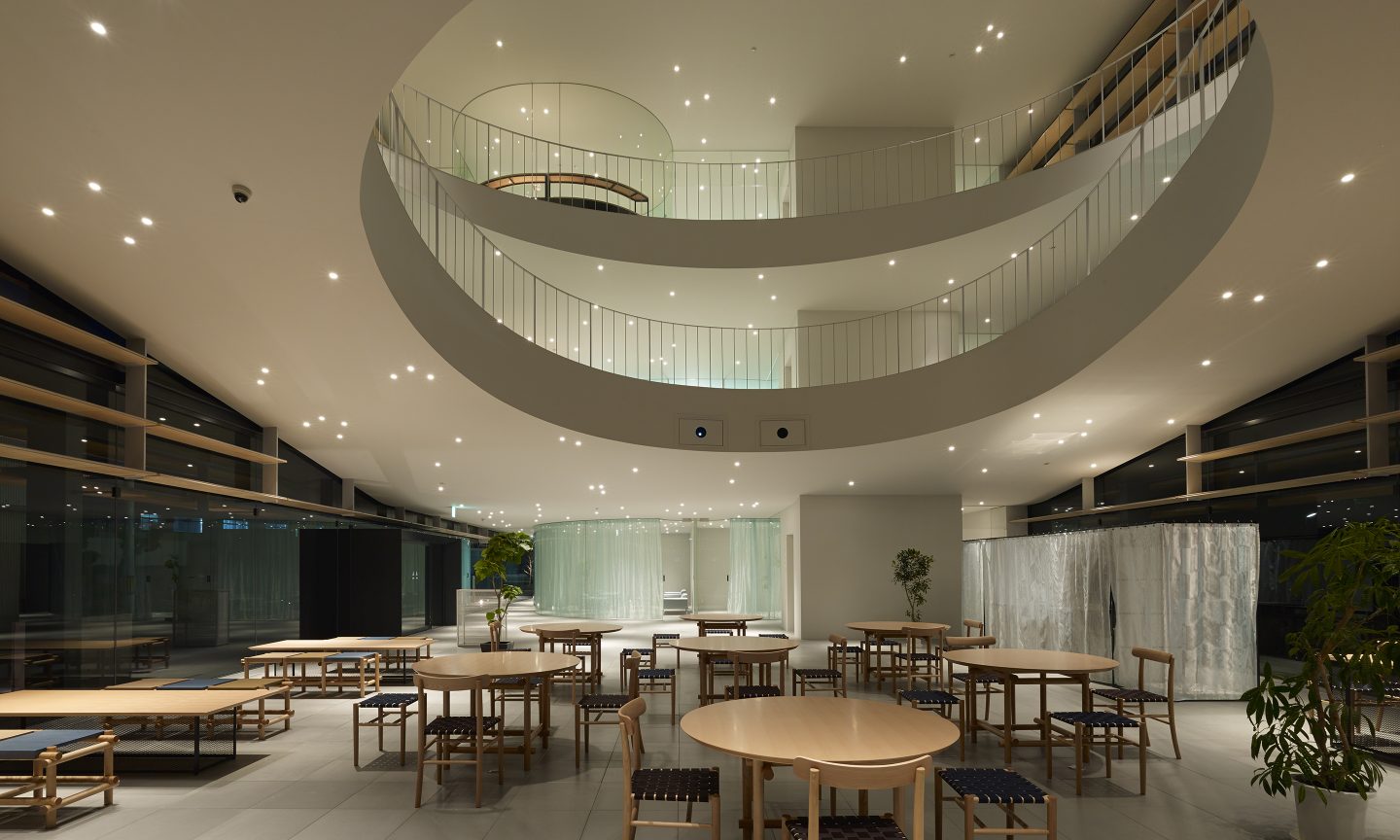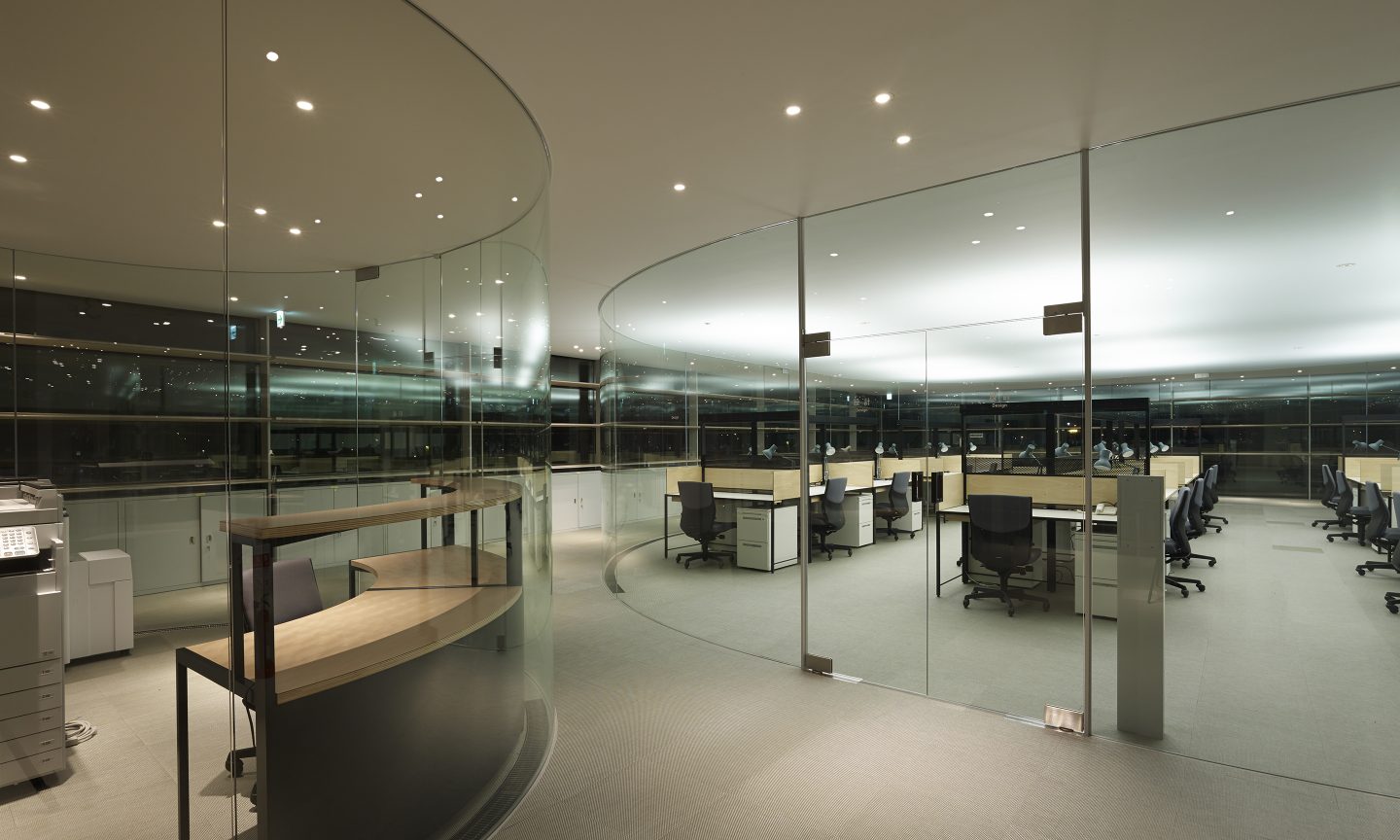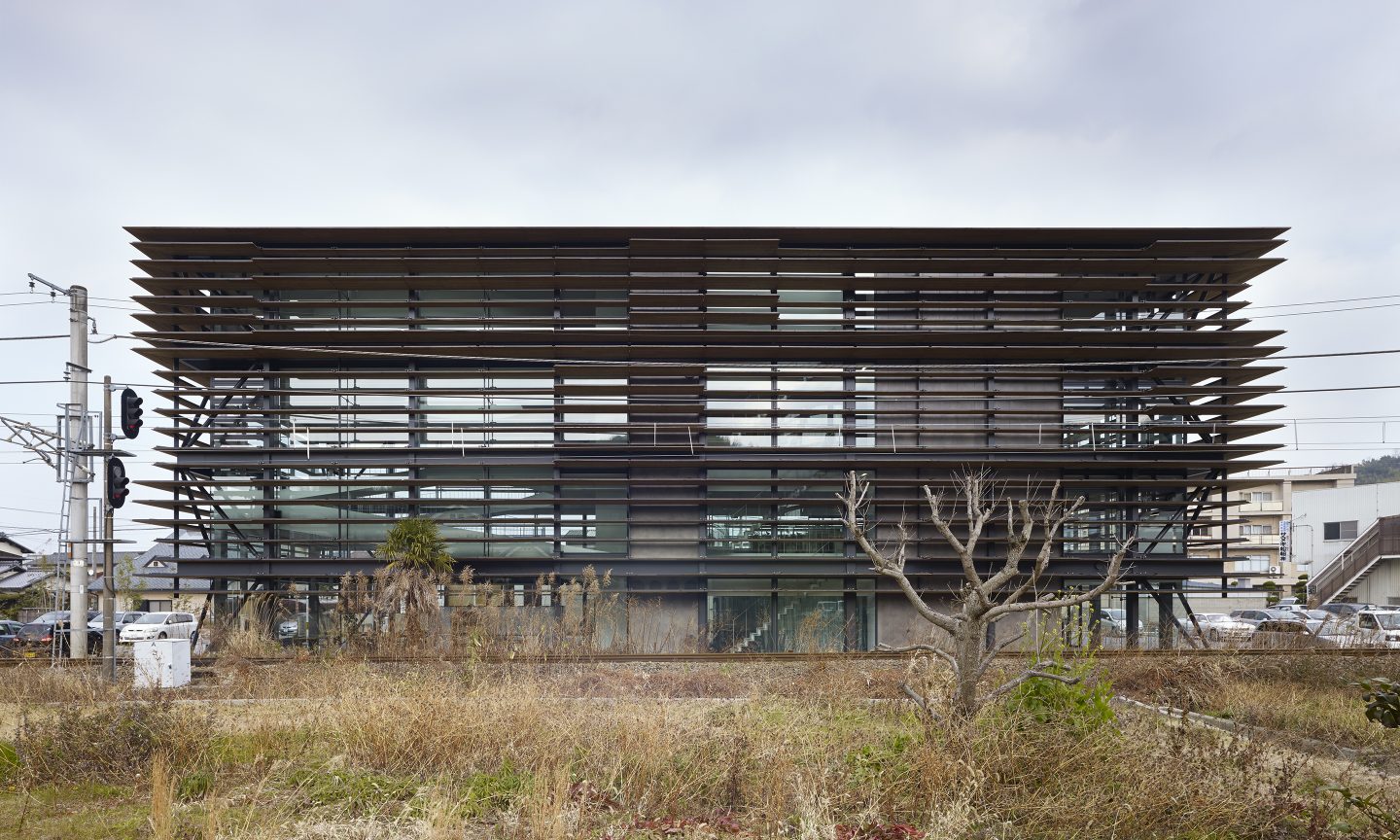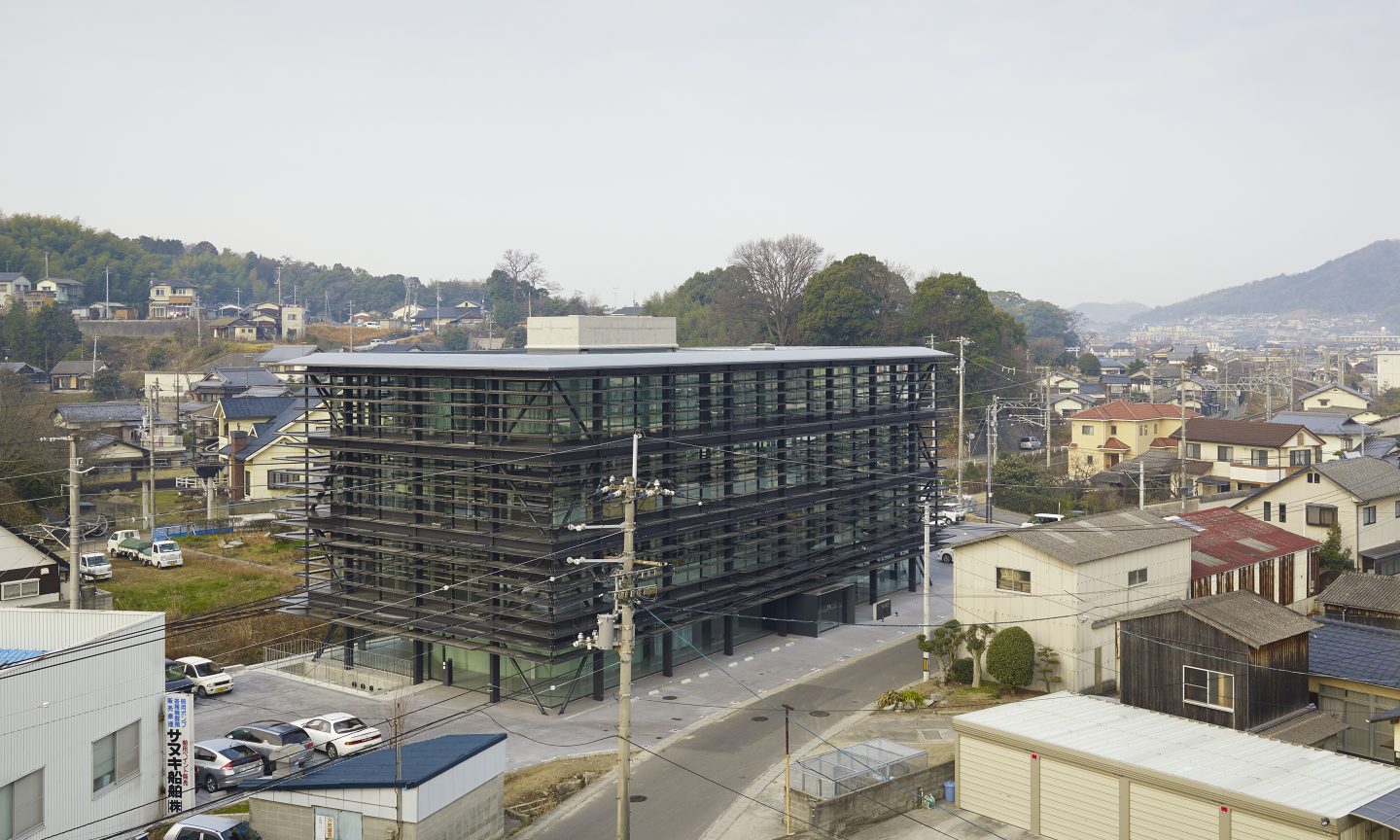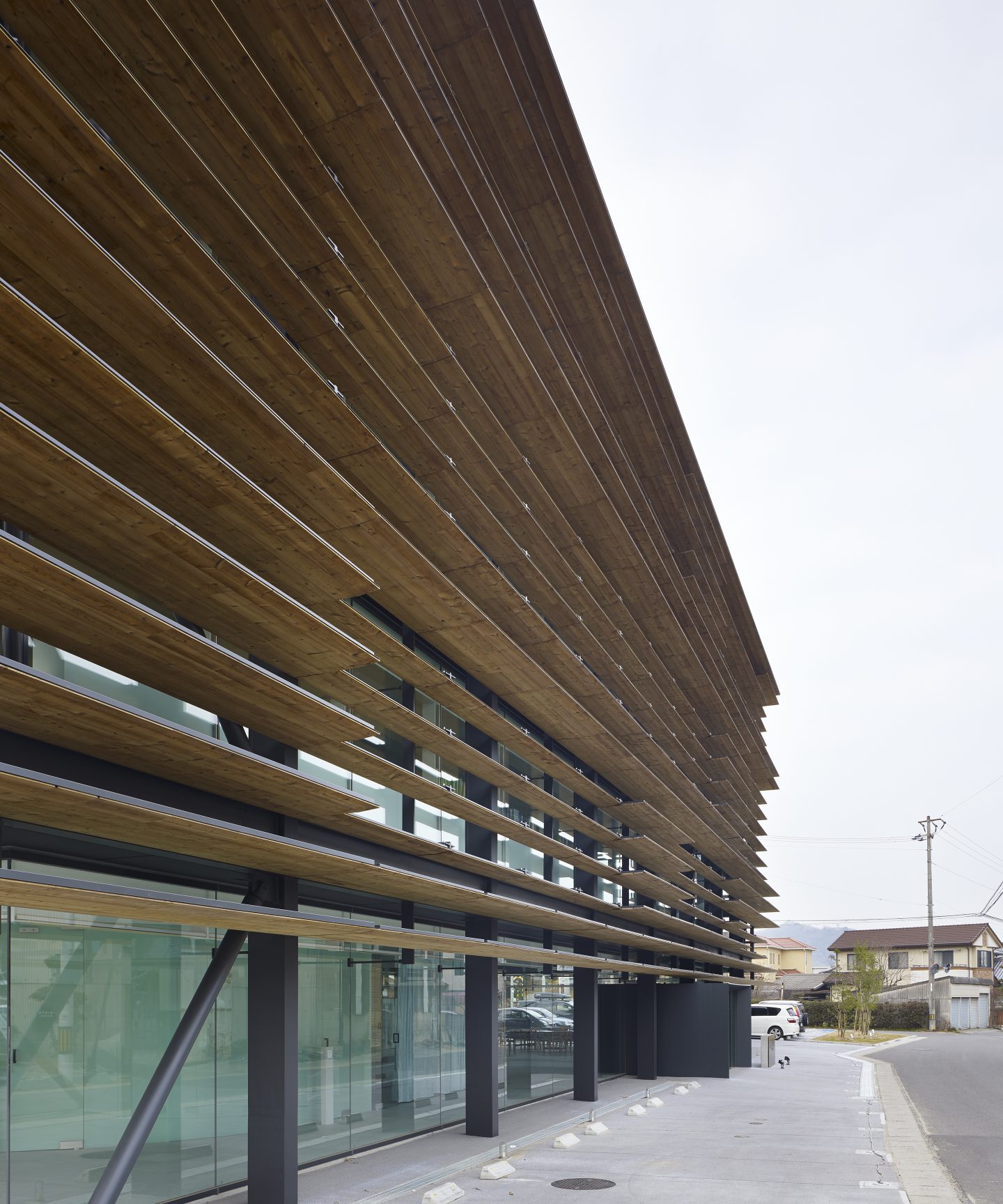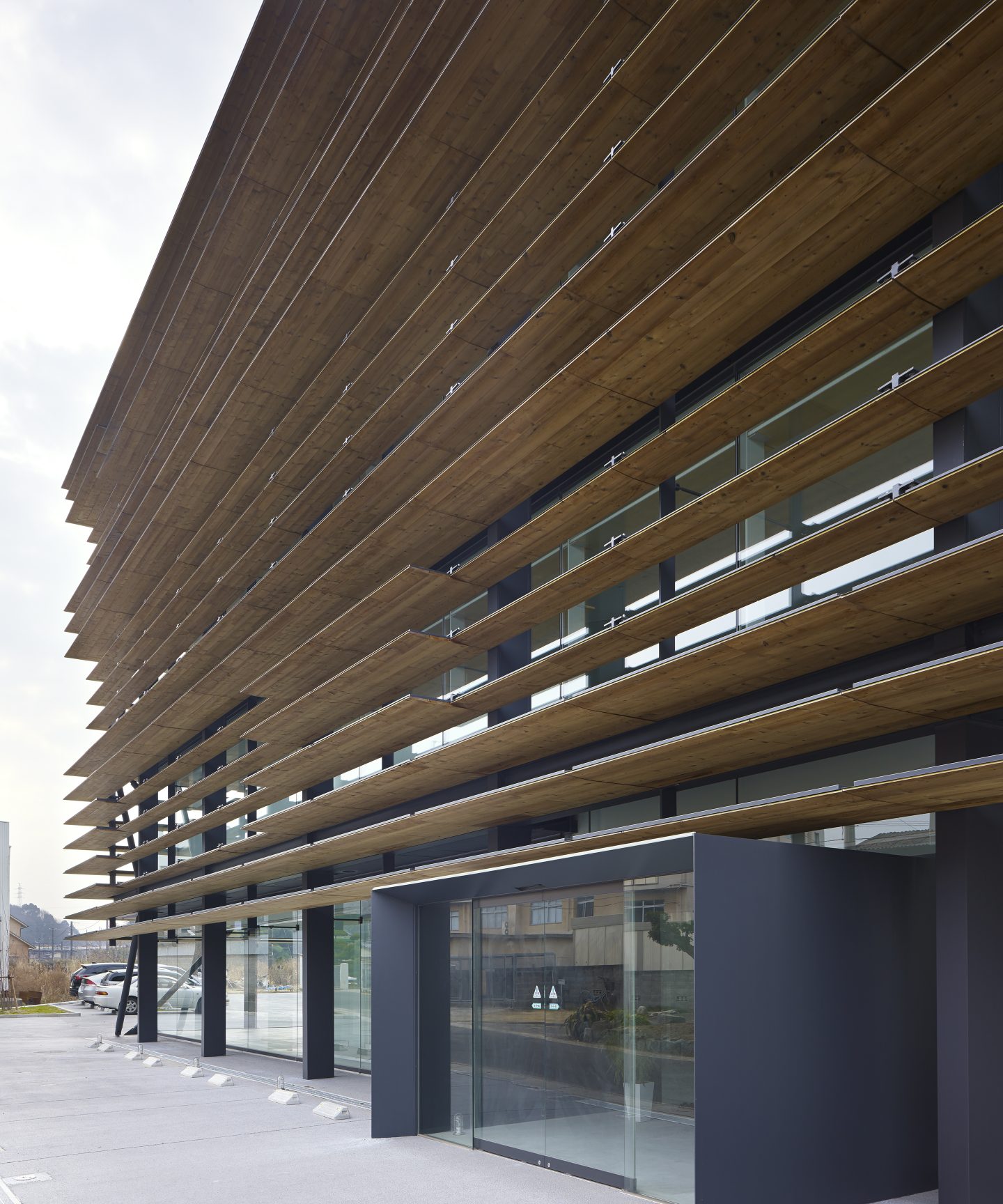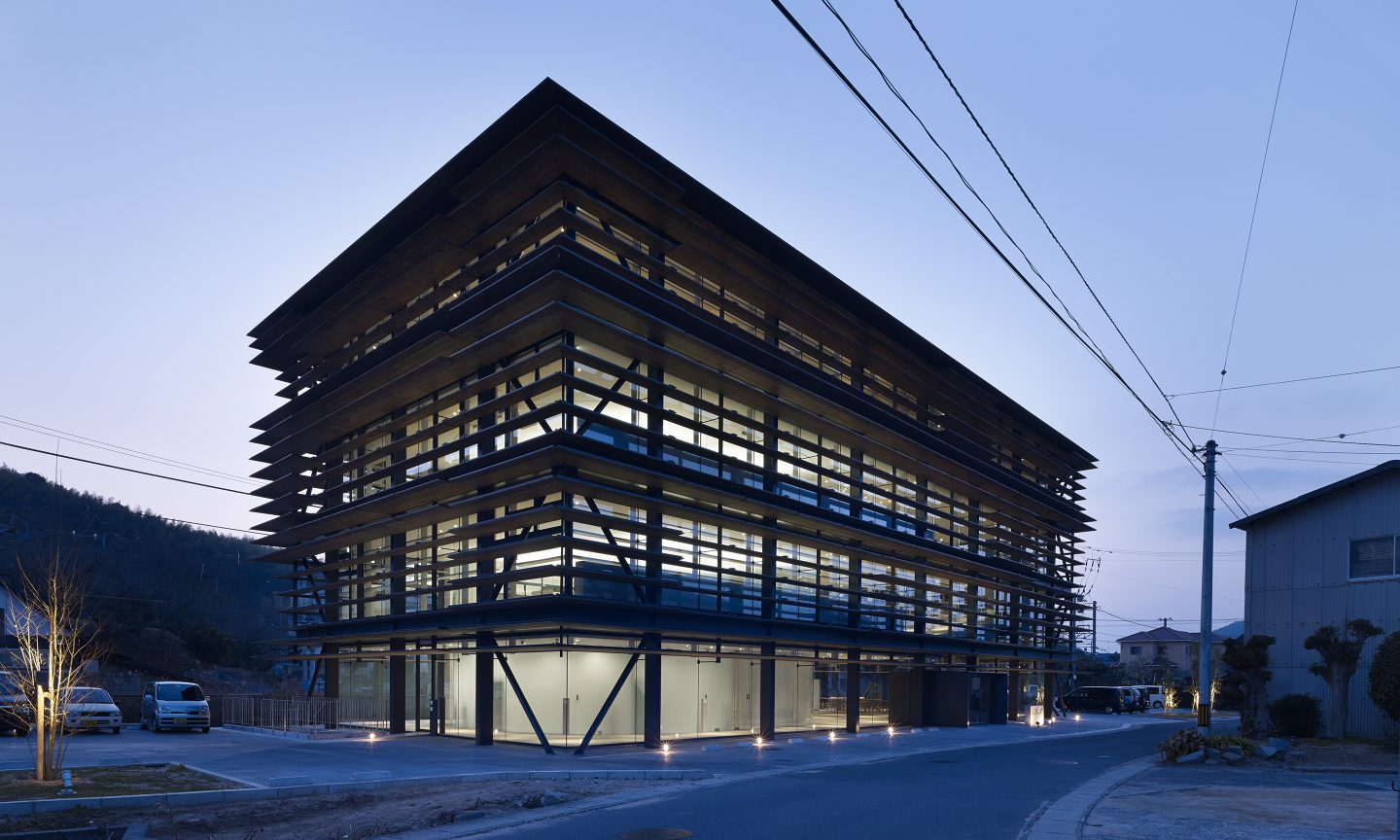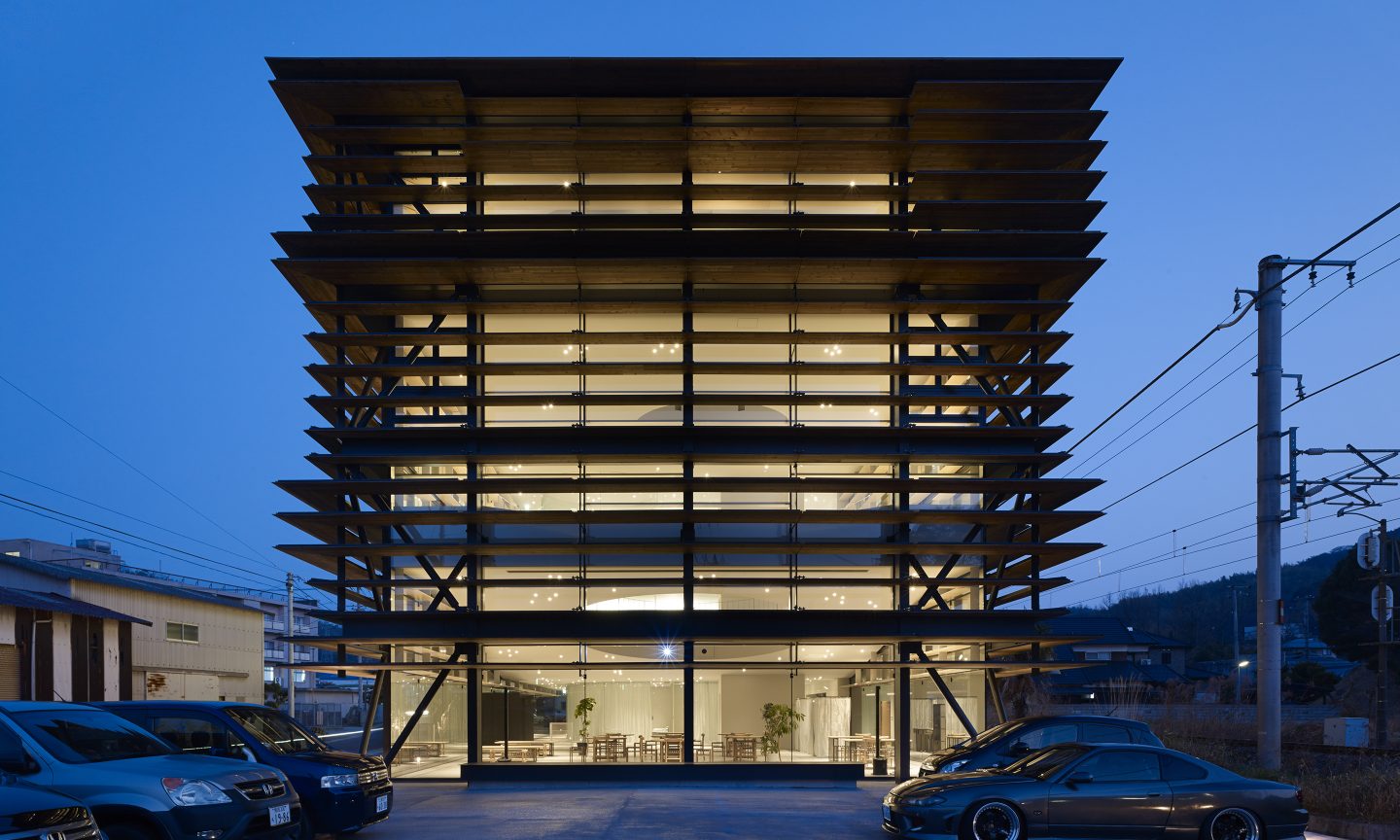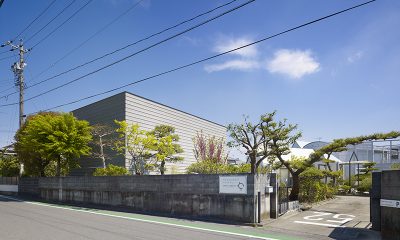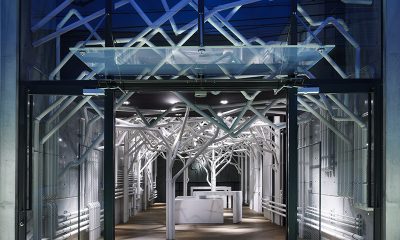potential in a connection between architectural spaces and their naming
Is it possible that much of our perception of what makes up the world is dominated by what we call things? We see a trash receptacle, and because we recognize it as such, we don’t immediately turn it over to use as a stool. A similar condition exists in office building design.
An employee lunch room comes into use during a certain portion of the day because of its name. At times that no one is conferring in the conference room, what shall we call that setting? We considered the ways that the names we put on spaces determine their time utility, and set out to make a new form of office building that obliterated those restrictions while, by the same means, addressing environmental concerns.
We called the building’s entrance “The Park”. The area that opens before you upon entering the building is, naturally, seen as an entrance hall. But when employees sit down with their lunch, they can call it a lunch room. When a client drops in for a quick chat, it’s a conference room. The name changes, the space remains the same.
The structure of the Park takes it beyond its service as an entrance hall. Owing to the building’s overall plan, the Park encloses all the working areas, and becomes an intermediate space between inside and out. This reduces the energy burden on the work spaces. The exterior louvers are echoed in the design of the interior shelving, upon which documents and catalogues may be temporarily stored, uncluttering the working interior and optimizing the efficiency of the building’s climate maintenance system.
New sorts of spaces are born everywhere of the functions people bring to them. Demolishing preconceptions about the use of a space renews it. Remove the space’s name, extend its function, then name it anew, and guide its use. We sense potential in this connection between architectural spaces and their naming.
